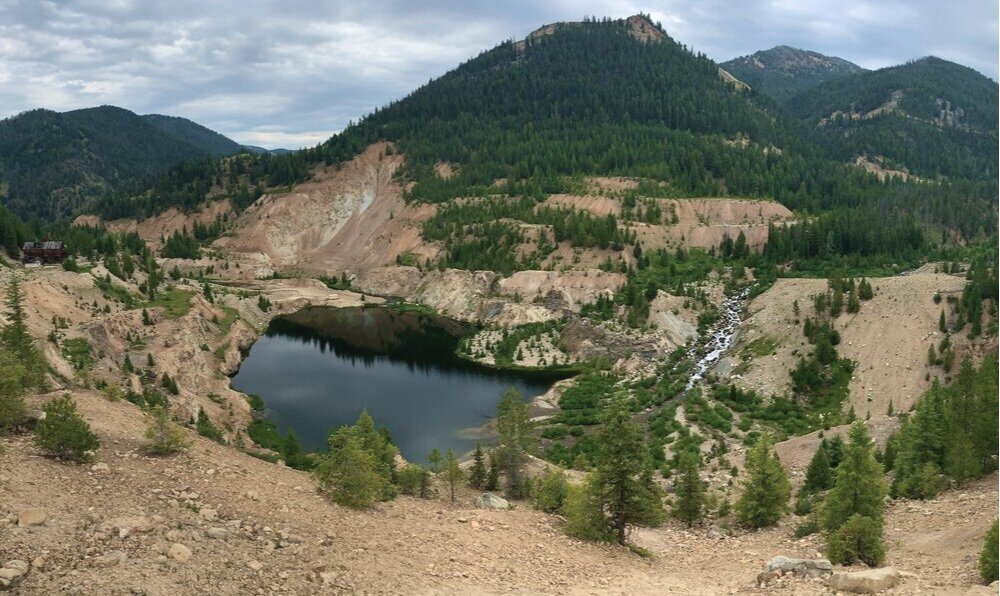
The History: Legacy Mining at Stibnite
The beginning
Located roughly 15 miles east of Yellowpine, Idaho, the Stibnite Mine District is rugged, remote, and has a long history of mineral exploration and extraction. While mining activity had already begun at the site by 1891 with development of the Meadow Creek Mine, there was limited interest in pursuing serious gold mining at Stibnite until the Thunder Mountain Gold rush in 1900. A short-lived attempt at gold extraction began in 1902, but the available mining technology was limited and could not effectively extract gold from the complex mineral deposits that characterized the site.
Photo from the Idaho State Historical Society, found here.
It was another twelve years before further mining claims were staked at the site by Albert Hennessy. His interest was spurred on by an increased need for antimony due to World War I, which was plentiful at the site. From 1914-1927, the mining claims changed hands three times. Interest in the site grew as mineral processing advancements made it increasingly possible and profitable to access the site’s gold. In addition to antimony, the site also contained tungsten-bearing scheelite ore, both of which were developing a stronger economic niche due to national defense efforts. By the 1930s, the Bradley Mining Company of San Francisco had acquired the site, running a fully developed mining operation.
The start of World War II in 1939 initiated a rush for domestic tungsten and antimony as they were considered critical to the war efforts. The Stibnite Mine District demonstrated the greatest potential to acquire them, and with federal investment, the Stibnite Mine quickly grew. From 1941-1945, the mine site was the single most productive mine site for tungsten and antimony in the US, operating 24 hours a day and transitioning from primarily underground tunnel mining to above ground open-pit mines.
Mining operations continued over the following decades, with the mine changing hands several times. Mining activity finally ceased at the Stibnite Mine Area in 1997.
Restoration work in the Stibnite Mine area
Years prior to the mine’s closure, federal, state, and tribal agencies developed a growing interest in restoring the Stibnite Mine District. Due to over 100 years of continued mining operations, the site was left with major disturbance and three open pit mines. Loss of fish passage, water quality issues, and contaminated waste at the site have been major concerns.

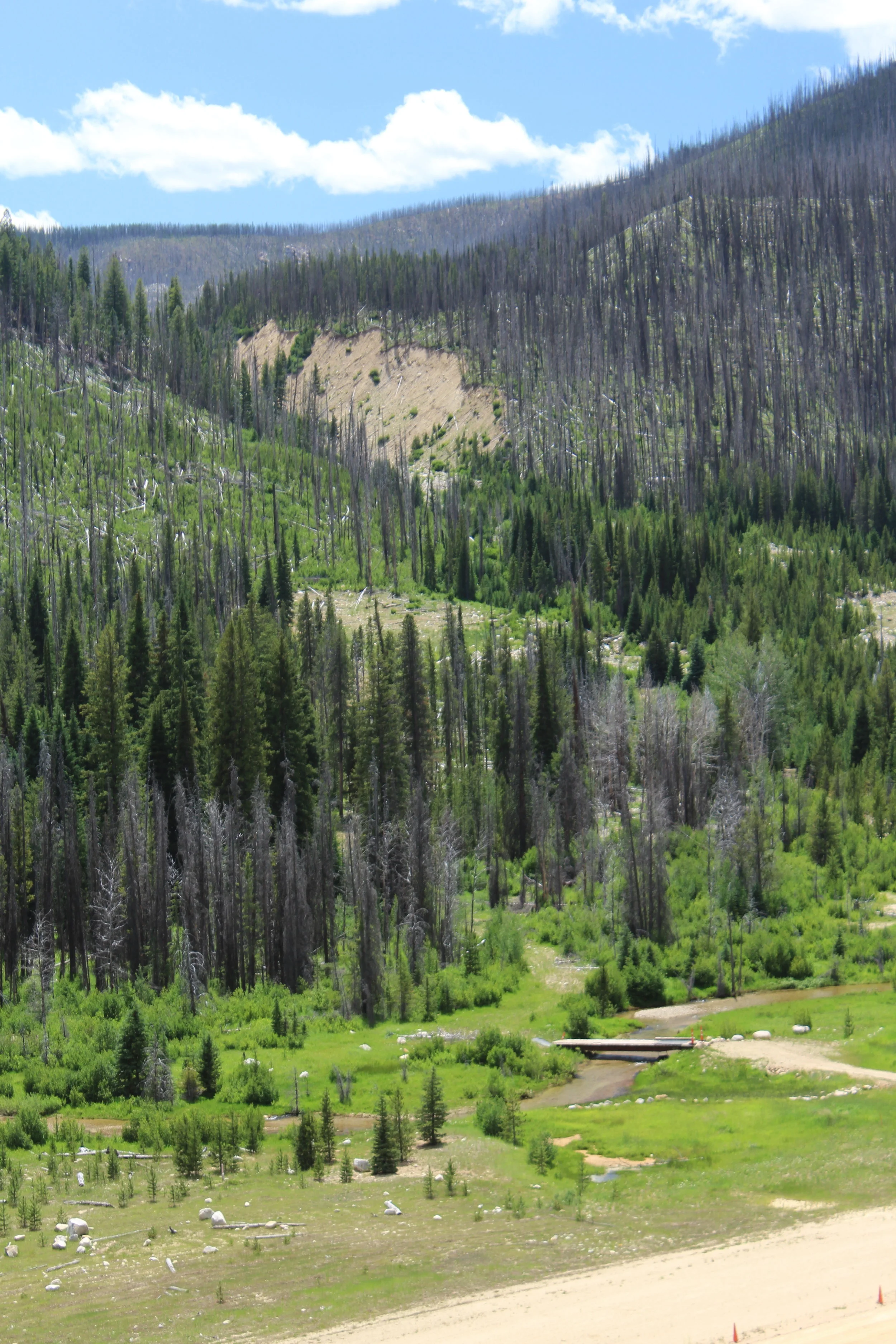



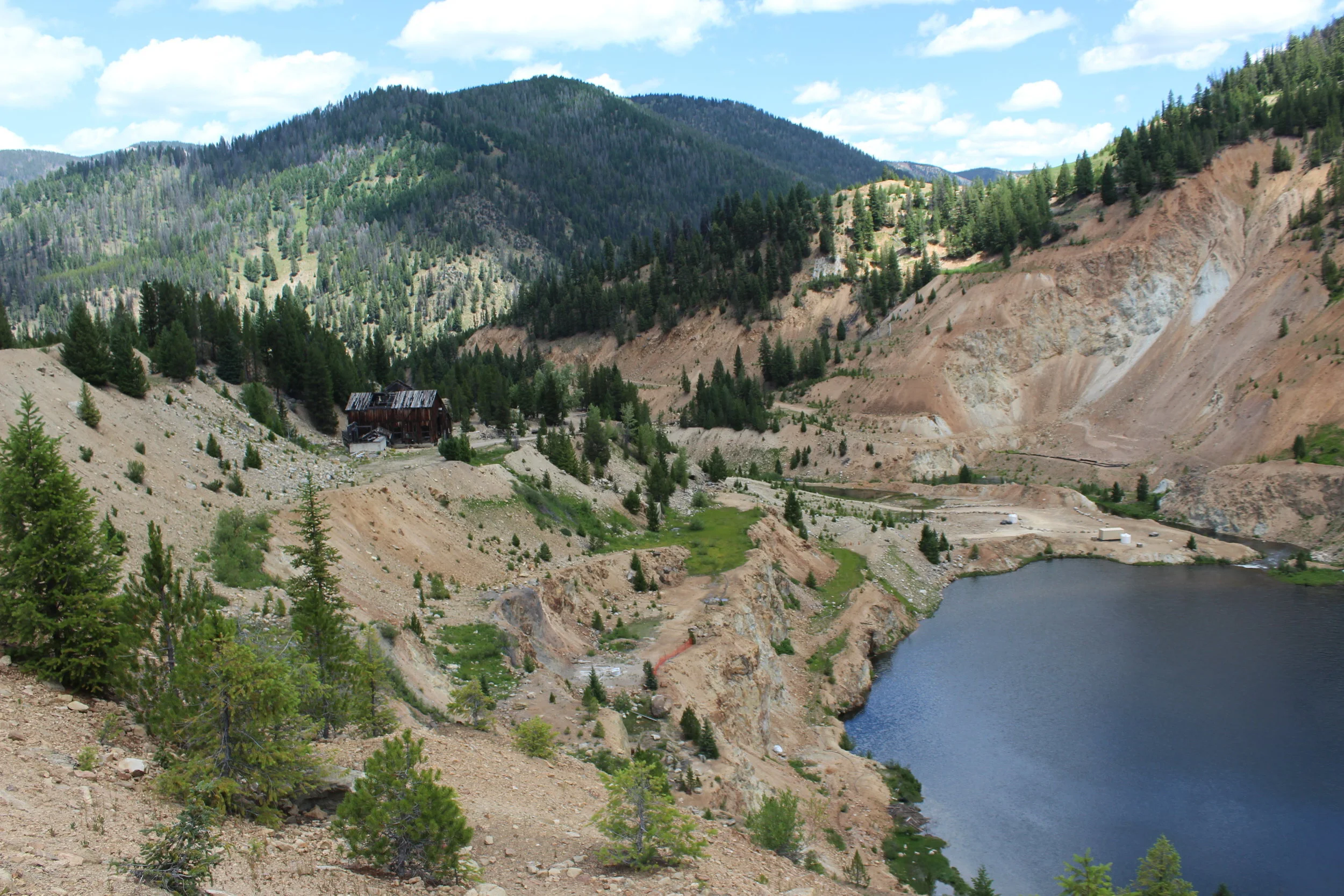
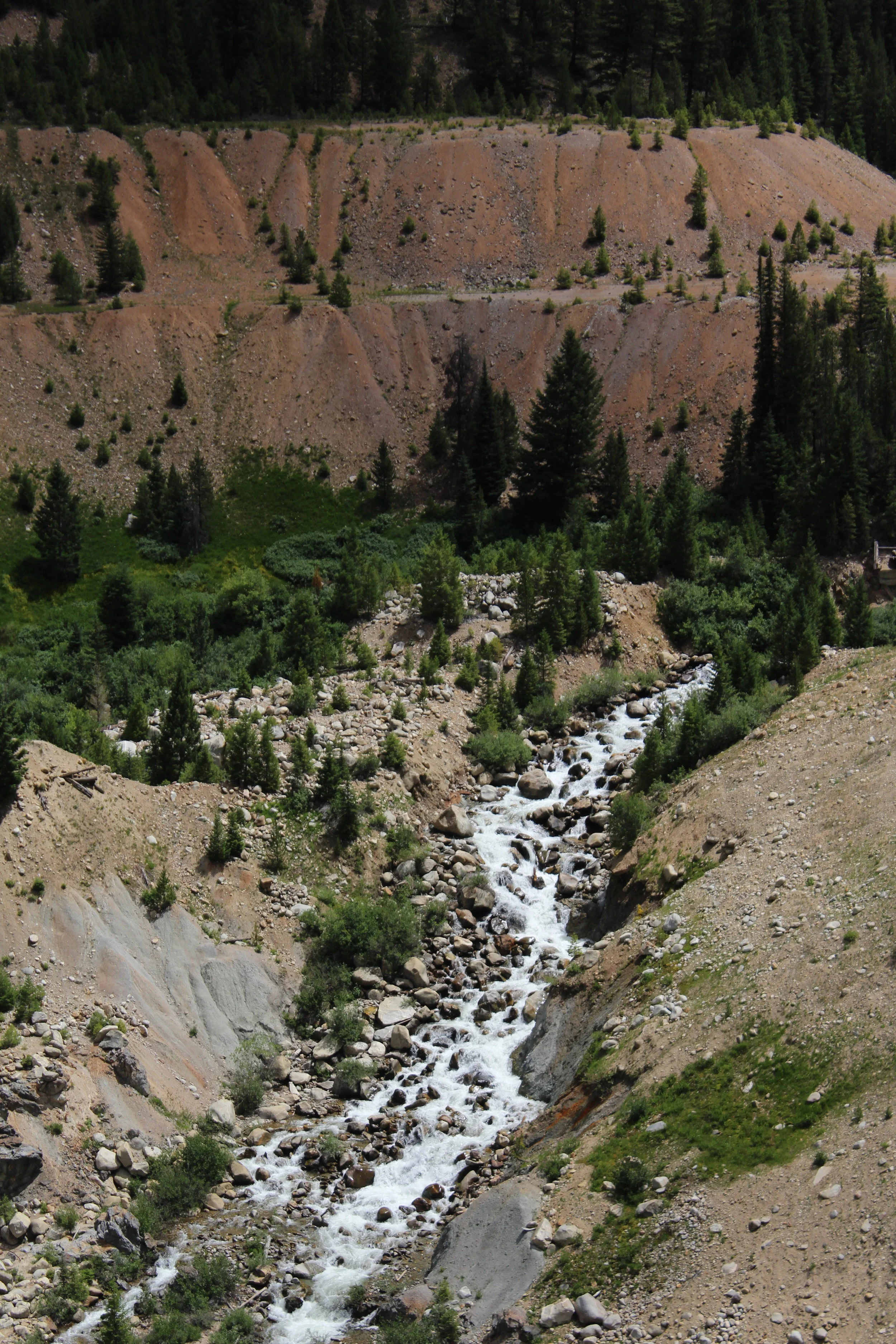

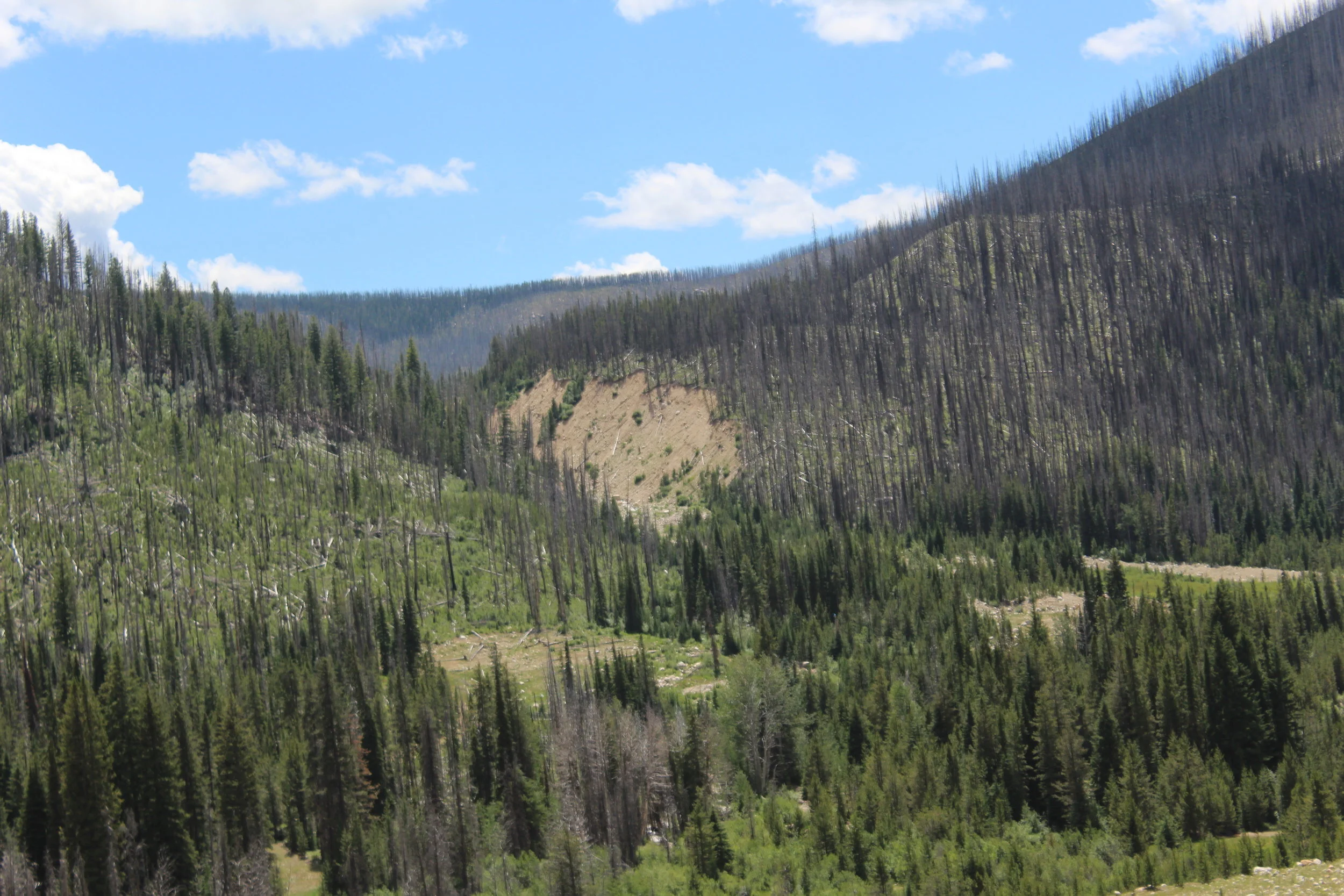


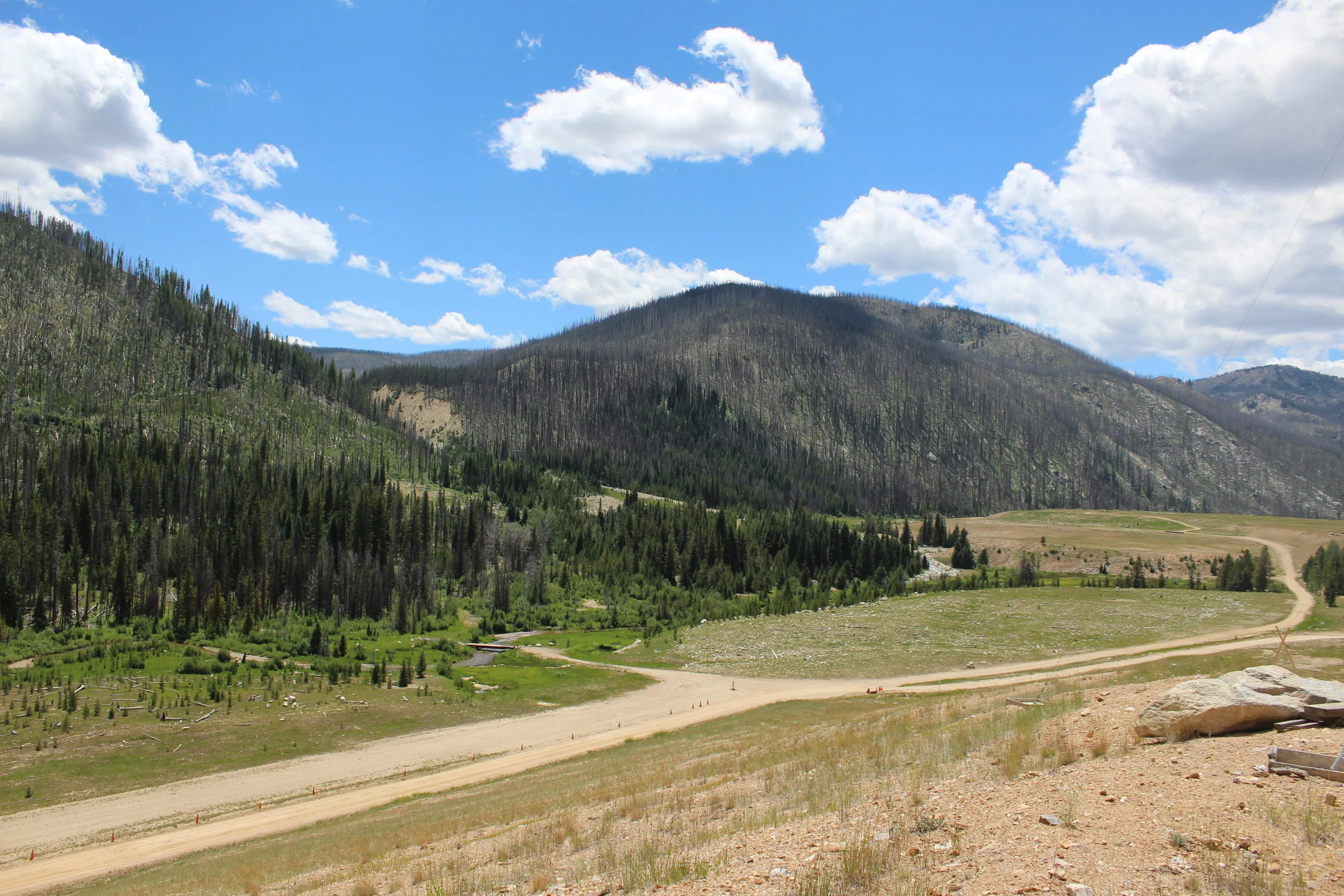
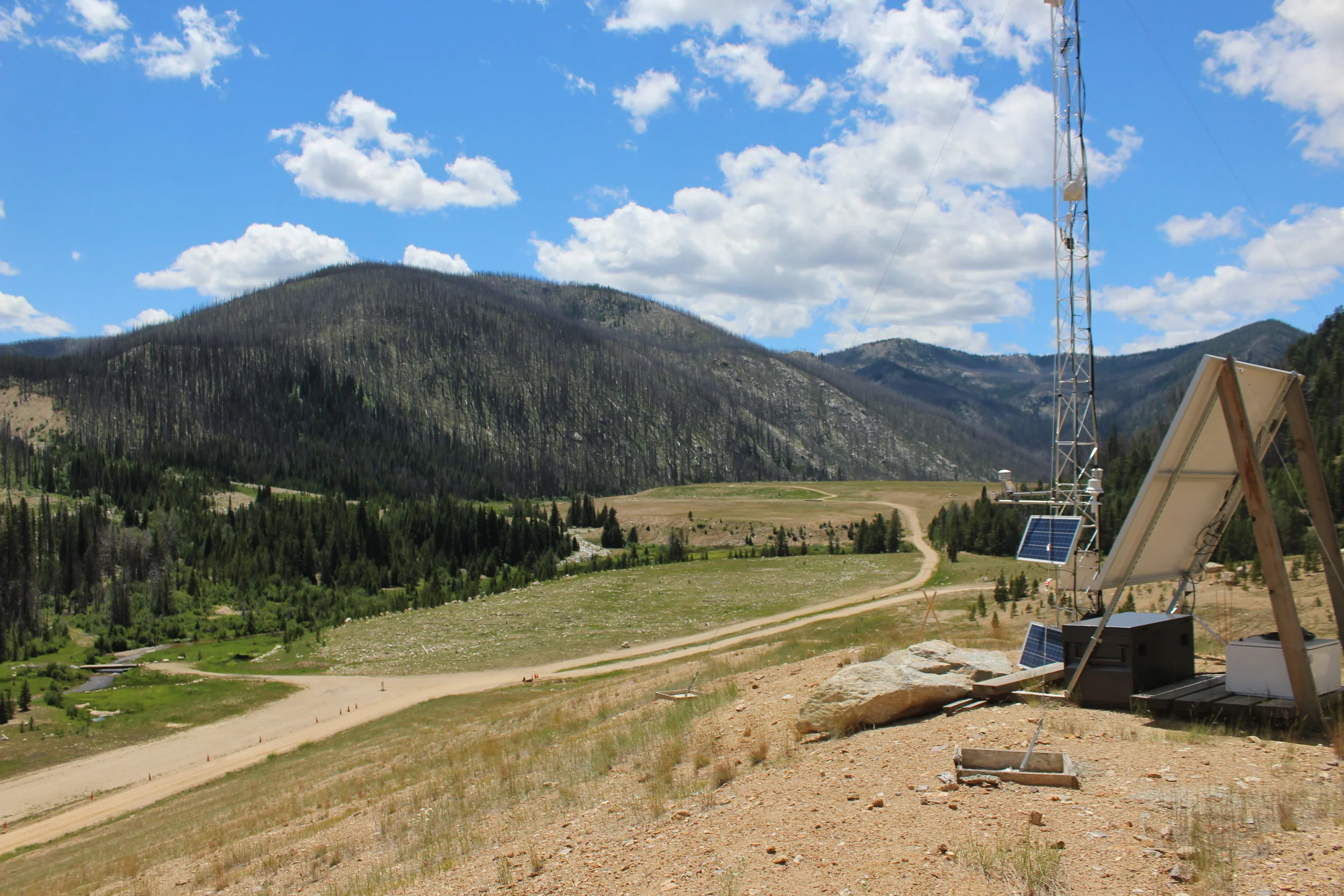

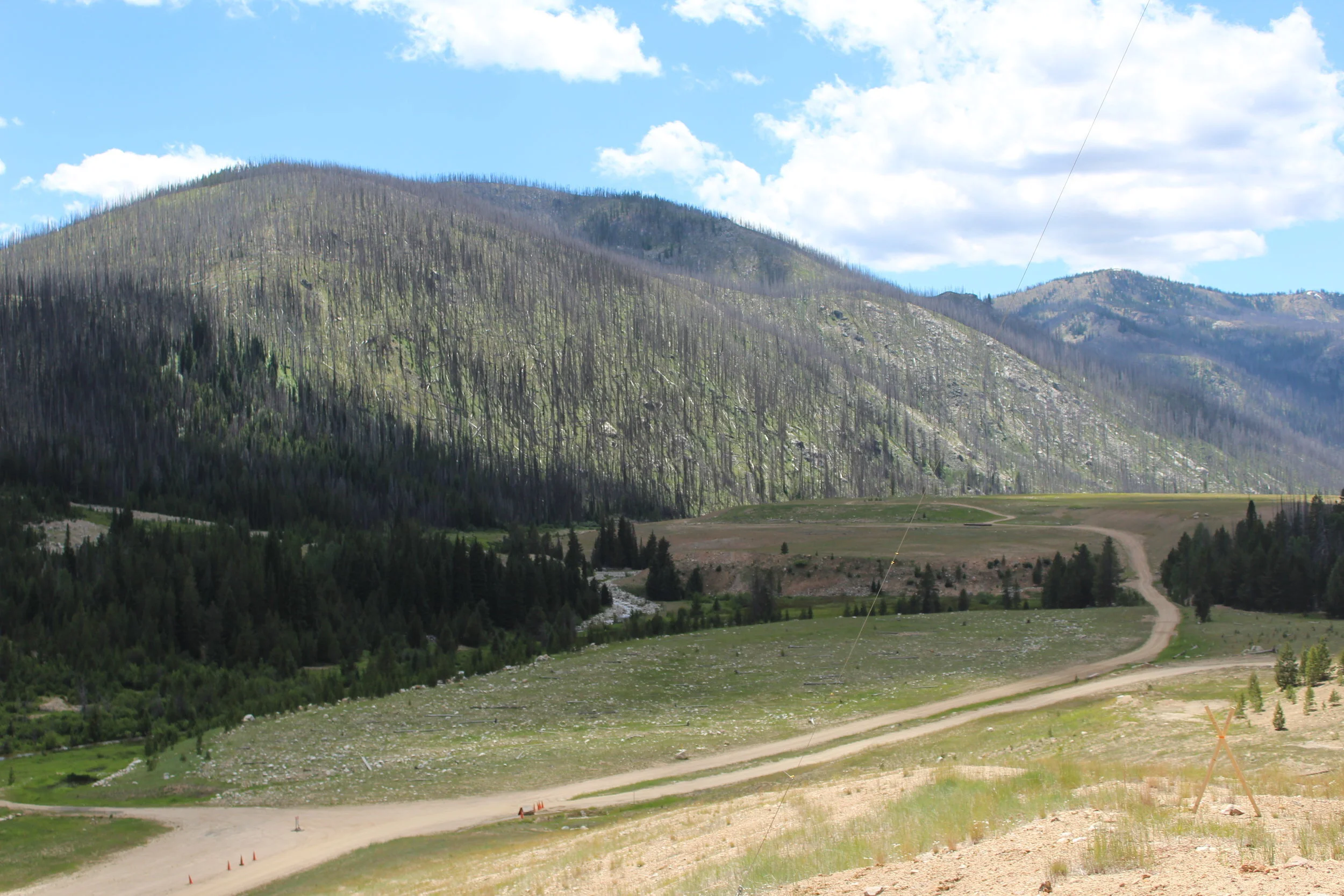

Since 1990, over $7 million has been spent on restoration efforts at the Stibnite Mine area. The EPA, Idaho Department of Environmental Quality and U.S. Forest Service have all contributed to extensive wetland, stream, tailings and waste rock reclamation in the heavily mined Stibnite area. A 3,200 foot section of Meadow Creek was restored in an attempt to recover the most vital areas for endangered Chinook and Bull Trout. Over 35,000 cubic yards of tailings were also removed from the site.
Historically, endangered Chinook salmon would migrate past the mine site to spawn, but legacy mining impacts made the area impassable. The Nez Perce Tribe designed a project to solve the issue, and was approved for funding by the 2007-2009 Northwest Power and Conservation Council Fish & Wildlife Provincial Review.
When Canadian mining company Midas Gold (currently known as Perpetua Resources) acquired the site, the private property was no longer accessible, bringing the Nez Perce’s fish passage restoration project to a halt. Government and tribal efforts to restore the Stibnite Mine fully ended in 2012 due to the start of Perpetua Resources’ mineral exploration work. Fish passage to areas above the project area remain inaccessible to spawning salmon.
As proposed, the Stibnite Mine Project will undo most of the restoration work that has been accomplished at the site, and cause further destruction of Chinook and Bull Trout habitat. While Perpetua has proposed a fish passage project for the site, due to increased water temperatures from mining operations, the water would be too warm for spawning Chinook.
The Current State of the Site
The Stibnite area, while not technically listed as a Superfund site, can be found on the Environmental Protection Agency's Superfund website.
Remnants of legacy mining impacts are still present, and have caused water quality issues and disrupted fish spawning migration. Restoration work has mainly focused on repair of the most vital areas for endangered Chinook and Bull Trout.
Existing pits
There are two massive open pits onsite, both remnants from extensive historic gold mining.
The Yellow Pine Pit, a popular recreation destination for locals to fish and camp, is the main focus of Perpetua’s work. This pit is where the highest concentration of gold is located, so the pit will substantially expand from its current size. The pit currently captures the East Fork of the South Fork of the Salmon River, and Perpetua Resources intends to use the water for mining operations. Perpetua claims that reopening the pit will create an opportunity to eventually be able to return the river to its original channel once mining has ceased.
The second existing open pit is the West End Pit, which sits high above the Yellow Pine Pit.
The Yellow Pine Pit (also known as the Glory Hole) which will be expanded substantially.
“Restoration” via mining
While restoration work began at the site decades ago, Perpetua Resources has repeatedly given the impression that they are the only party that is willing and able to restore the Stibnite Mine Area. Perpetua Resources’ mineral exploration efforts have prevented further restoration projects by interested parties, including the Nez Perce Tribe’s plan for restored fish passage.
Perpetua Resources pitches the Stibnite Mine Project as a ‘restoration-through-mining’ opportunity. Many of their actions, however, give a different impression.
Looking up toward the West End Pit.
Resources:
National Register of Historic Places Inventory — Nomination Form. National Park Service, US Dept. of Interior. 8 Jun 1987, accessed 25 Sept 2020.
History of the Stibnite Mining Area, Valley County, Idaho. Victoria E. Mitchell, Idaho Geological Survey. April 2000, accessed 28 Sept 2020




